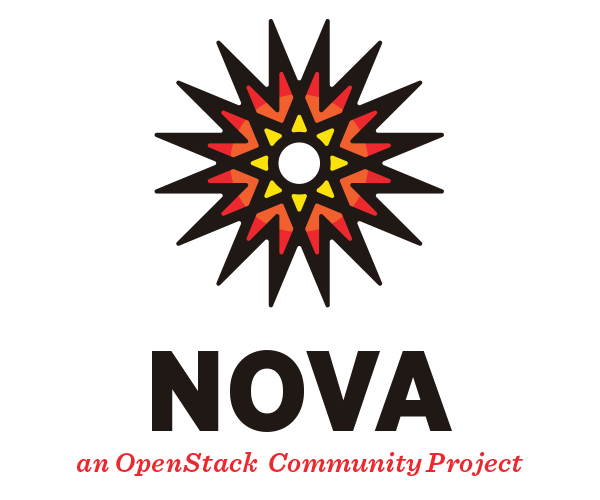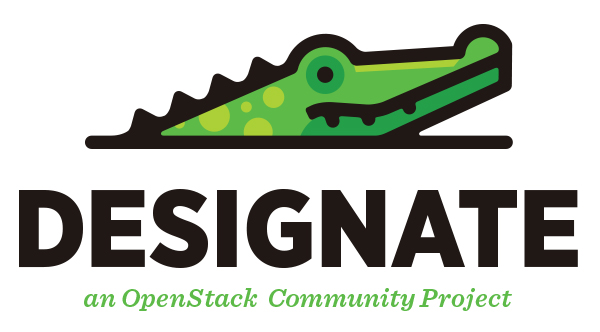If you’re interested in getting up to speed on what’s next for OpenStack software in the current development cycle, project updates from the recent Project Teams Gathering (PTG) are a good place to start.
RDO’s Rich Bowen sat down with attendees in Dublin to talk about what features have just landed with the Queens release and what’s coming for Rocky. In his video interviews you’ll hear from the project team leaders (PTLs) and core contributors about what they’ve accomplished, where they’re heading for future releases plus how you can get involved and influence the roadmap.
Here are some excerpts:

Compute (Nova)
Matt Riedemann and Melanie Witt talk about what’s new to this release including multi-cells support for Cells V2, support for vGPUs and QEMU native LUKS decryption and volume multi-attach. At the PTG, the developers were starting conversations with users including Go Daddy and CERN about implementing the new features. “It’s really cool that people are actually upgrading and migrating to this stuff that we’ve been working on for a couple of years now,” Riedemann says. “They’re starting to use it and they’re finding problems but that’s good — they’re coming back to us and we’re working together.”
Block storage (Cinder)
In addition to the much-talked about volume multi-attach, PTL Jay Bryant says there are a couple of other updates that the end user will appreciate in this release. These include default policies in code, the ability to create a volume from a backup and better quota handling. This last item, which Byrant says is still in a work in progress, aims to improve the way quotas are handled for each of the different settings within Cinder. “It was possible to actually use more storage on your backend than you intended, so now we’ve added checks 0to make sure that creating a snapshot isn’t going to go over the available storage quota you set.” Bryant marks this as an area for further improvement but at least it will avoid the head-scratching situation “where Cinder thinks that 200 gig is getting used but the back end thinks I’ve got 350.” The future focus for Cinder is on usability and improvements and that users can expect “fewer major enhancements with more focus on improving functionality.”

DNS-as-a-service (Designate)
“The last cycle was fairly quiet, we were recovering from a period of low activity so we built up some debt… we spent this cycle paying it off,” says PTL Graham Hayes. “We started the groundwork for improving our upgrades, working towards rolling upgrades – meaning you can upgrade some parts of Designate and not others, so you have zero down time.” The foundation for that was laid for that during Queens and merged right after the release, he adds. The team is also working on improving the dashboard and continuous live integration – keeping an eye on ensuring that drivers are working properly in conjunction with the interoperability team. At the PTG, the board approved the DNS trademark program, “so if you have an OpenStack product or a public cloud you can have a certified of the stock DNS program as well too offer a standard it’s an interoperable DNS experience for your users.”

TripleO/Ansible
Because the OpenStack TripleO (that’s OpenStack on OpenStack) project focuses on deploying, upgrading and operating OpenStack clouds, it has to interact with pretty much all of the other OpenStack projects.
“During the Queens cycle, I focused pretty extensively on Ansible integration and moving more towards an Ansible-driven architecture,” says developer James Slagle. Responding to the rapid growth of the project recently, Slagle says “We’ve integrated with a lot of the OpenStack services, we have a lot of contributions from all the different projects for configuring deployment of their services and so we’ve been converting a lot of that to Ansible as well as using Ansible for a lot of upgrade tasks. As for what’s next, Slagle says “During rocky we want to switch to this Ansible deployment mode by default as well as move all of our CI over to use that new model going forward, we’re going to deprecate the old model. We’ll also be looking at more Kubernetes integration to also be deployed with real ansible and also integrating with Ceph Ansible more, to use that as a deployment mechanism for Ceph as well.”
For more on the other OpenStack project updates from the PTG, here’s a roundup from the developer’s mailing list:
Get involved!
If you’re new to OpenStack, check out the contributor portal for how to get involved with code and documentation, user groups, users and sponsorship. You can also get up and running with the project navigator or join the mailing lists or IRC-channels.
- Exploring the Open Infrastructure Blueprint: Huawei Dual Engine - September 25, 2024
- Open Infrastructure Blueprint: Atmosphere Deep Dive - September 18, 2024
- Datacomm’s Success Story: Launching A New Data Center Seamlessly With FishOS - September 12, 2024

)







